South Africa’s Garden Route refers to the stretch of highway between Cape Town and Port Elizabeth in the southeast corner which is 770 kms of breathtaking beauty
Why it’s called the Garden Route is anyone’s guess, but why it’s a highlight of South Africa is easy enough to answer, though. Not one inch of its 770-kilomtre length is less than beautiful. Hike through damp forests with monkeys, swim in the Indian Ocean off pristine beaches, or go boating with dolphins. And when you’ve had enough of all this nature, civilisation is only down the road in the form of a nice cold beer on a hotel terrace. Garden Route it ain’t; Paradise Road it might well be.
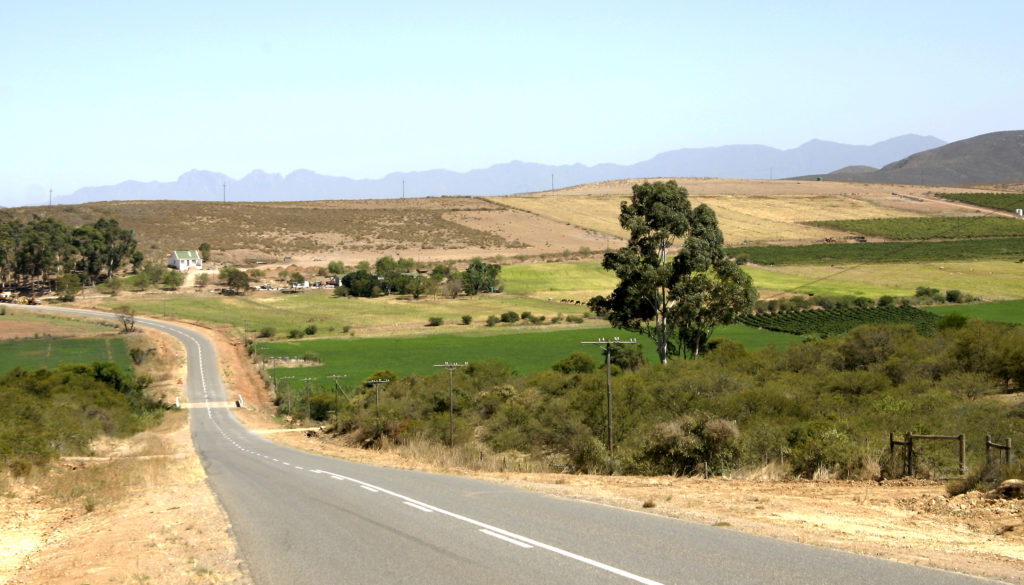
I’ve been driving for days, and frankly there hasn’t been a rose or a tulip in sight. Just crashing waves and wild, isolated beaches, and chains of serrated mountains hiding misty valleys where leopards moan and birds called turacos bark like dogs. The Garden Route is truly a mighty magnificent place, just as long as horticulture isn’t your chief interest in life.
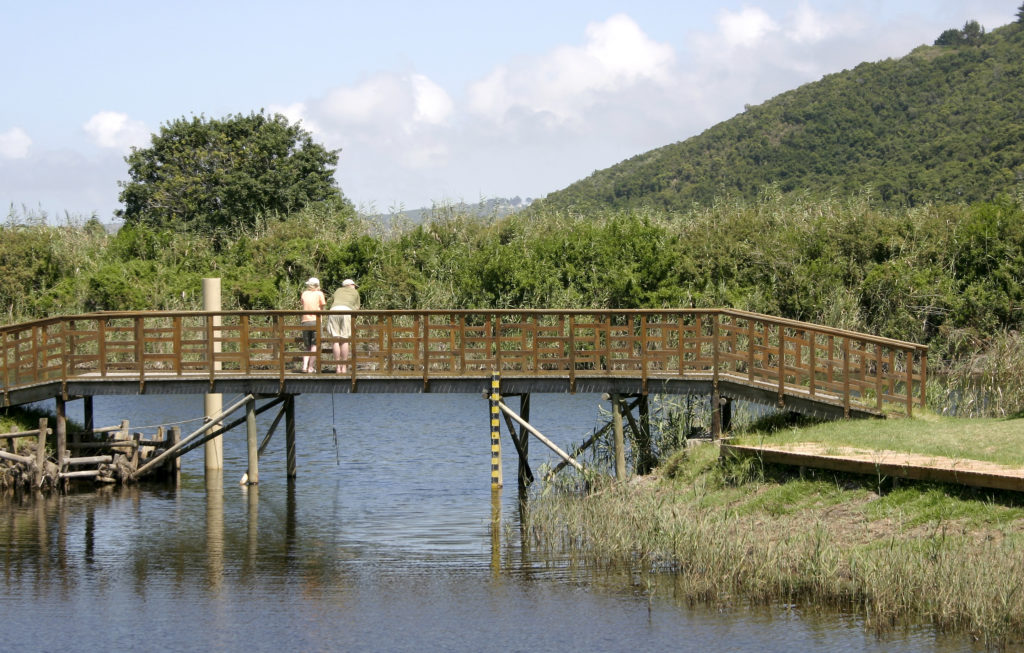
Heading out of Cape Town, the N2 passes through rolling wheat country. A first detour south to Cape Agulhas brings you to the southernmost tip of the African continent, where the Indian and Atlantic Oceans meet in a collision of huge pounding waves. The most spectacular coastal scenery, however, begins at Mossel Bay, where the N2 from Cape Town dips down to the coast. A little further along the N2 lies George, a good base for holidaymakers. If any part of the region can be compared to a garden, it is the lush green countryside around George, sandwiched between the coast and the backdrop of the Outeniqua Mountains. It was described in 1811 as “the prettiest village in the world” by novelist Anthony Trollope, and nothing much has changed since then. The town is dotted with historic buildings in Cape Dutch and European styles of the eighteenth and nineteenth centuries. Outside the library in York Street is an oak tree under which slaves once were bartered. Pieces of slave chains and an old lock still are embedded in the bark of the venerable tree in an eerie reminder of Africa’s dark past.
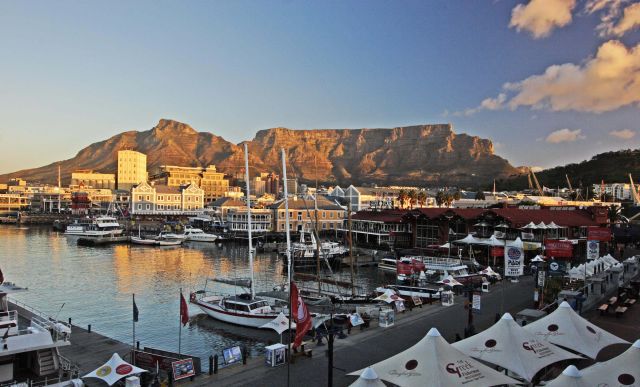
You might want to abandon the car and take a steam train from nearby George to Wilderness. The trip takes three hours and, since you don’t have to keep your eyes on the road, it provides an ideal way to sit back and enjoy the scenery as the train chugs past cliffs, lagoons, forests, and beaches. At times, the train goes along the cliffs, with the pounding surf beneath. Mind you, the train wheezes and jolts – it’s pulled by a locomotive built in 1846 – and isn’t the most comfortable experience; in winter, tourists sit wrapped in woollens and clutch thermoses of tea against the cold.
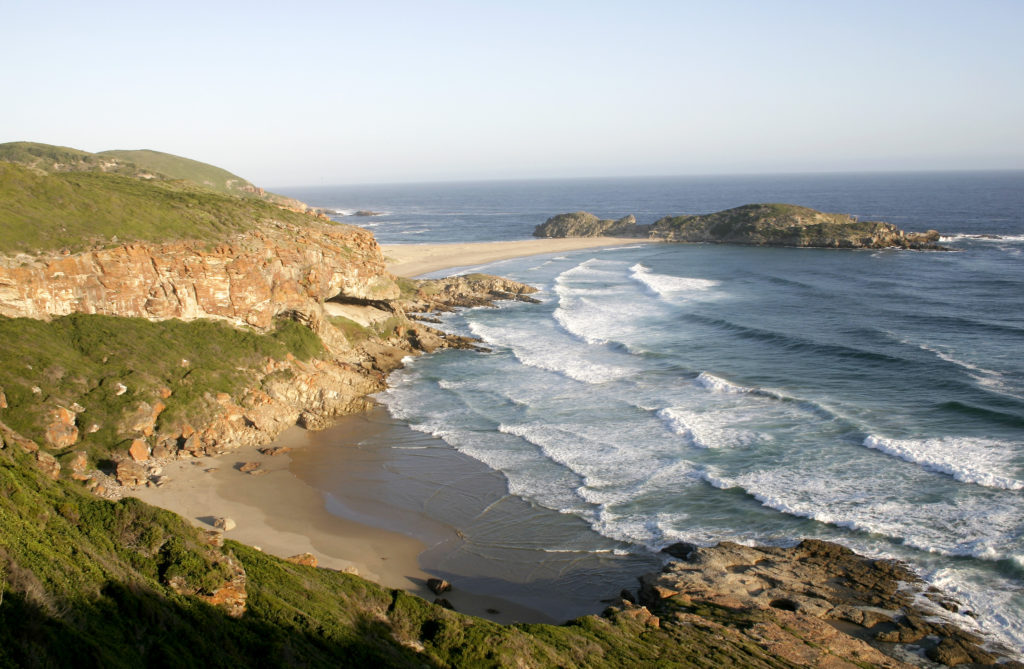
Not much further, Plettenberg Bay is smaller and more upmarket, and certainly the best place to pause for a few days in order to enjoy the surrounds at more leisure. This lies in a picture-postcard landscape of lakes ringed by pine forests and alive with wading birds and other waterfowl. East Head provides spectacular views of the ocean and the lagoon on which Knysna sits. The forests of giant yellowwood trees around here are damp and dripping with ferns and mosses. Forest walks, bird watching, and more scenic drives are attractions.
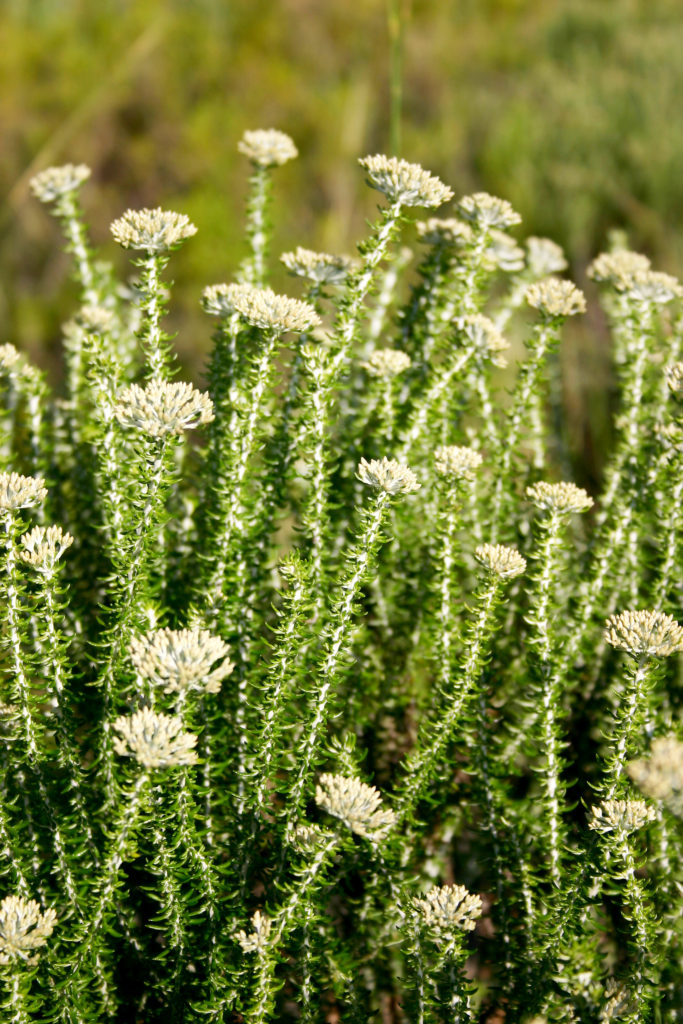
The town itself merits at least a pleasant stroll, if not an overnight stop, and also is the place to buy woven fabrics, pottery, and handcrafted wooden furniture made from local hardwoods. If you’re an ardent angler, then don’t miss the Angling Museum. It follows the history of rod, reels, and hooks and claims to be the only museum of its kind south of the Equator. Nearby, the Robberg Peninsula has an 11-kilometre trail from which you can observe seals, humpbacked whales, and a variety of sea birds. It’s a popular place for anglers, too. This windswept peninsula also has shell deposits left over in middens that are remnants of the beachcombers who lived here at the time of first European settlement.
A little further on, Plettenberg Bay has more stunning coastal scenery in its golden beaches, frothing surf, and river mouths. It’s very upmarket in places, with the holiday villas of wealthy South Africans and one of the country’s most exclusive holiday resorts. Although there are several nature walks around here, this really is a place to wake up late, play a round of golf, and watch the sun set, accompanied by a gin-and-tonic. There are plenty of fine accommodations in Plettenberg, such as Bay Lodge on Hopwood Street, a luxury property with just six rooms. The designer-style hotel has a breakfast lounge with views of the bay, where you can sit in your bare feet and soak up the sun as you munch on freshly cooked muffins. Out of town, Lilypond Country Lodge is an alternative, tucked among gum trees in the countryside, and with a very fine guest-only restaurant – further proof that fine dining and wilderness are far from incompatible in South Africa.
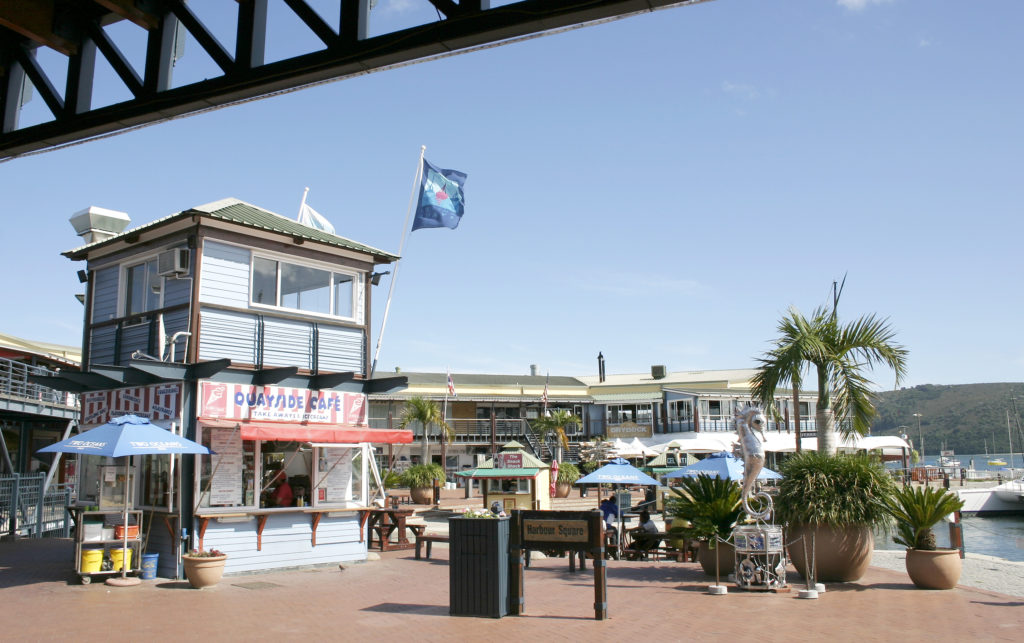
If you’re feeling a bit more active, Plettenberg Bay also offers plenty of water sports. In fact, the warmth of the Indian Ocean and the many lakes of the Garden Route make water sports available just about everywhere along its length. Swimming, boating, water-skiing, wind surfing, canoeing, and diving all are available at Plettenberg and many other places along the coast. Deep-sea fishing out of Mossel Bay is another possibility. Some of the coast’s surfing spots are of international standard, including Lookout, Kuerbooms, and Robberg beaches. Jeffrey’s Bay is rated by some as having the best surf in South Africa; its streets are lined by surf shops, whale-watching outfits, and ice cream parlours.
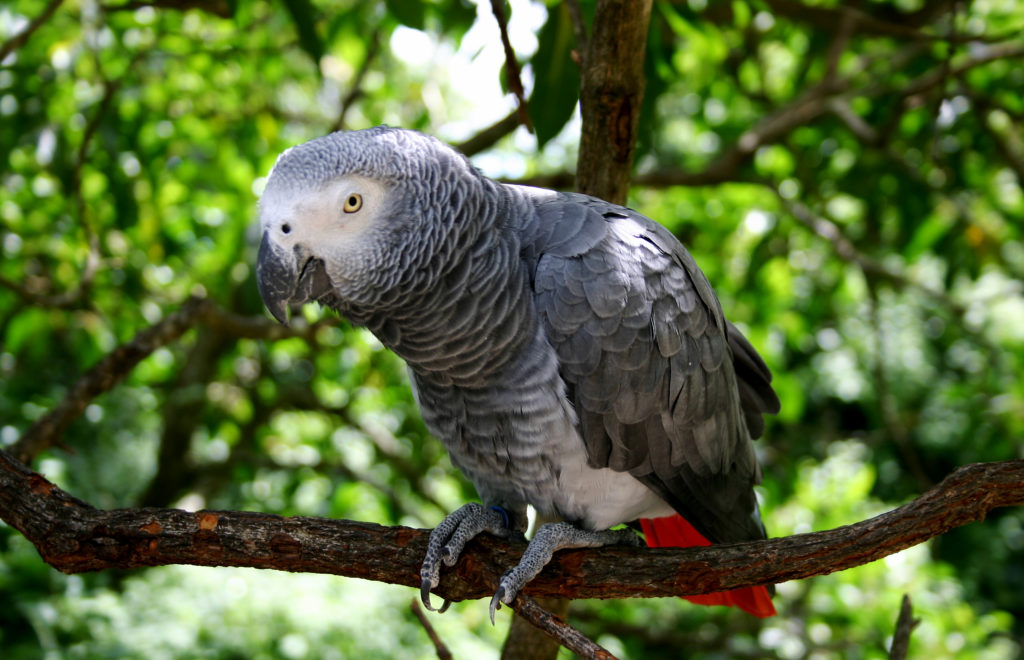
From Plettenberg Bay, it’s best to leave the N2 and instead take the R102, which passes several gorges and leads through a cool forest where monkeys, duiker, bushbuck, and brightly-coloured loerie birds can be spotted, not to mention plenty of startling butterflies and lizards. At Storms River Mouth, there’s an unspoilt rocky shoreline, a breathtaking campsite location, and Tsitsikamma National Park. It’s the haunt of forest elephants, though you’re unlikely to encounter the shy beasts. There are numerous trails here leading through the tangled undergrowth and overhanging trees.
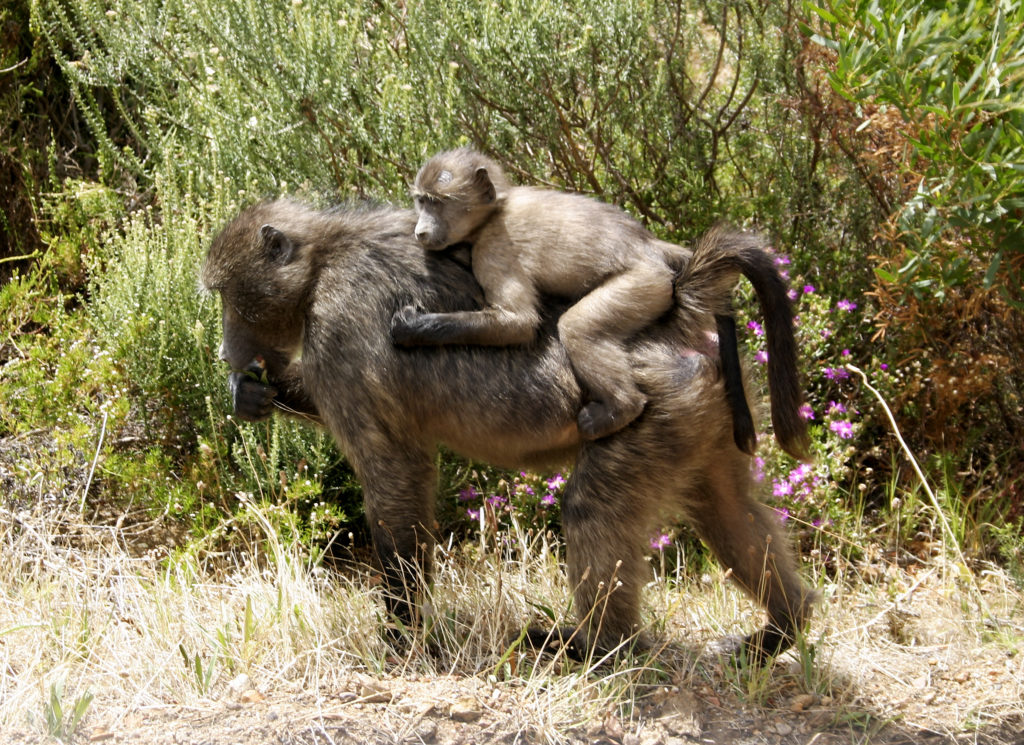
The best-known path is the Otter Trail, a five-day, 48-kilometre coastal trek that probably is the most popular in South Africa. Bookings for the trek and campsites must be made through the National Parks Board office in George or Cape Town. Only twelve people are allowed along the trek each day, so this truly is getting away from it all.
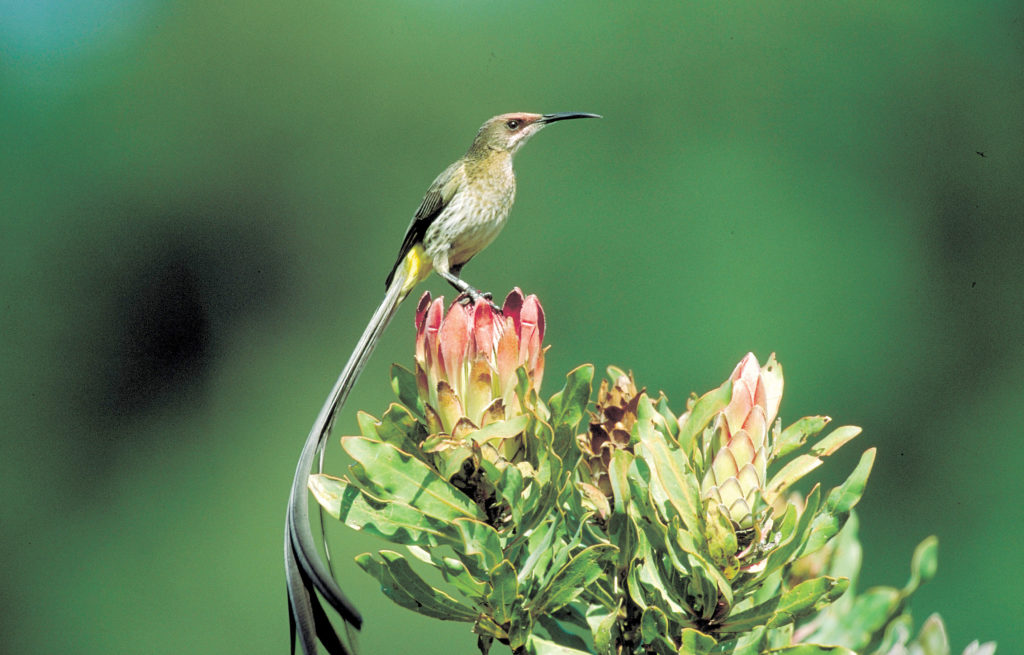
The Garden Route finally leaves the coast at Storms River, where the foolhardy take a bungy-jump from the road bridge. Still, just keep on driving and the splendid scenery continues until you get to the outskirts of industrial Port Elizabeth, and back to urban realities.
Also read: South Africa Foodie Safari

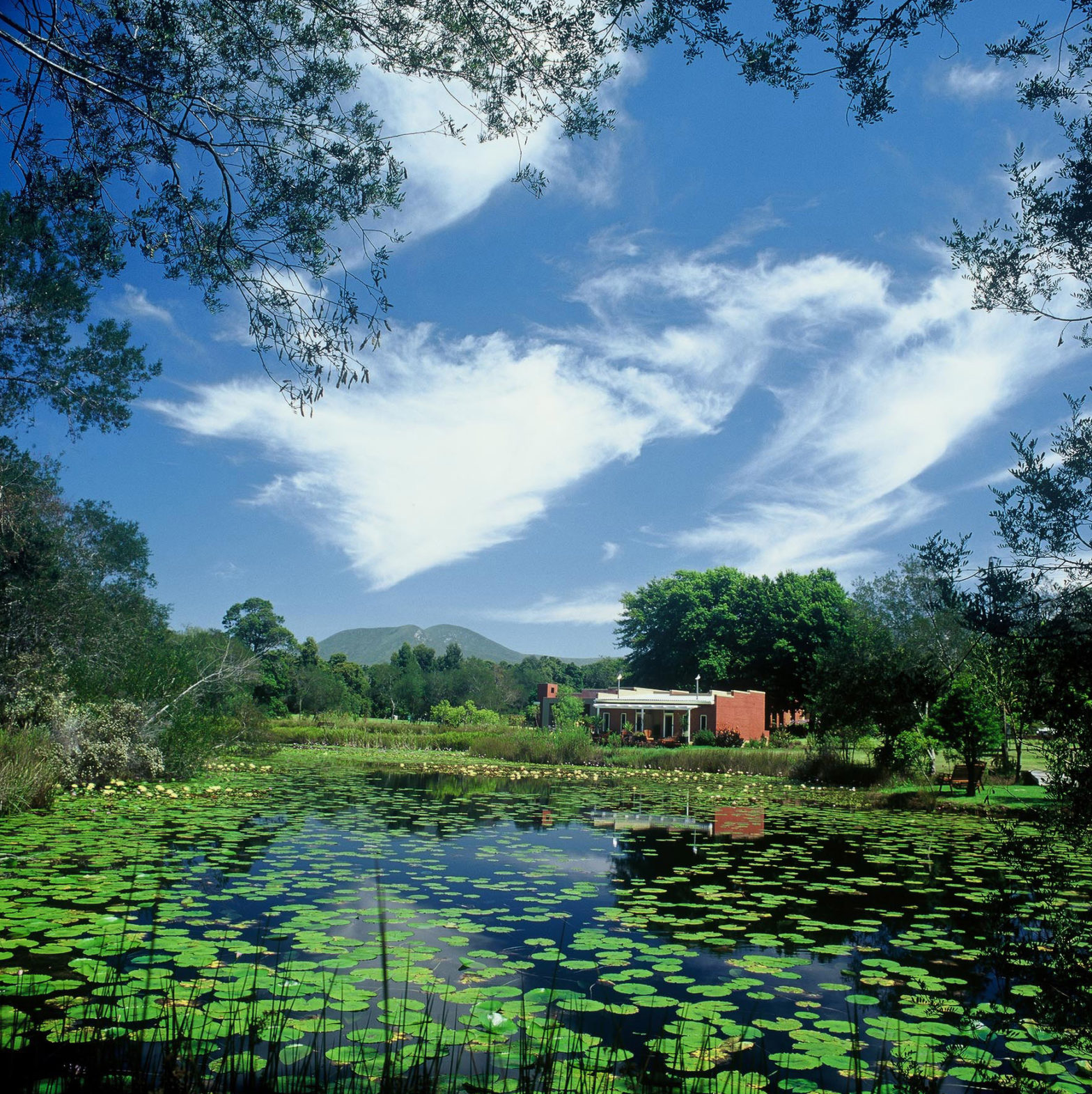
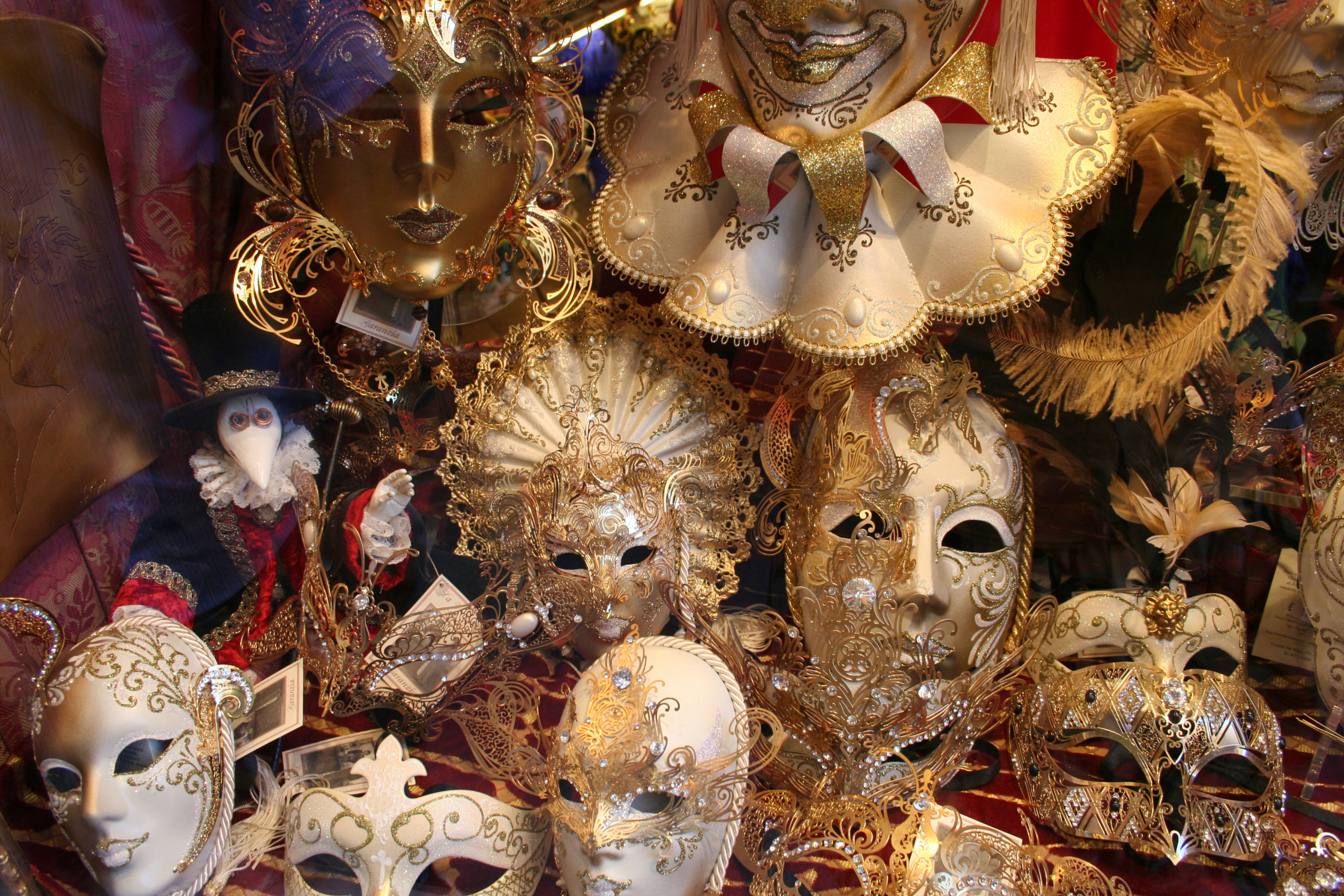

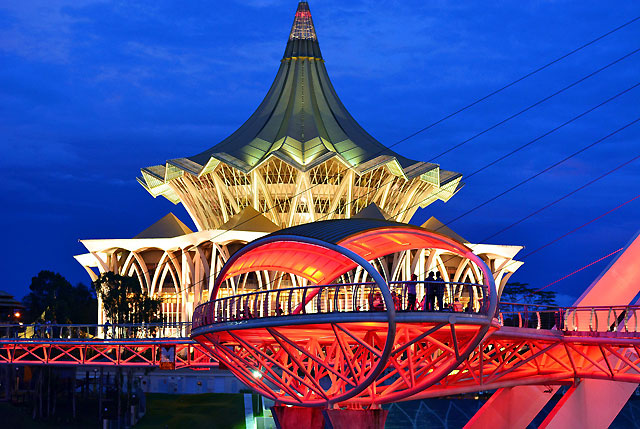
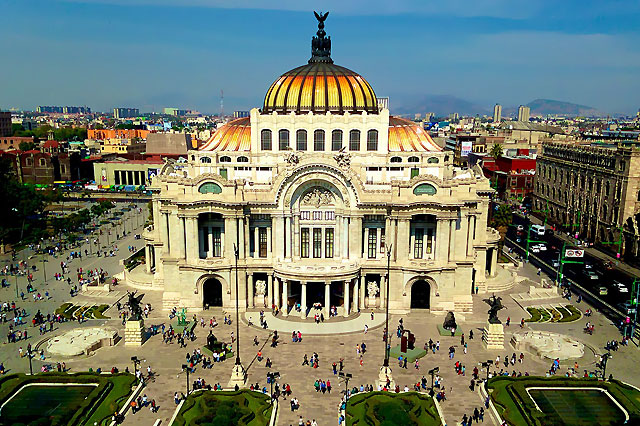
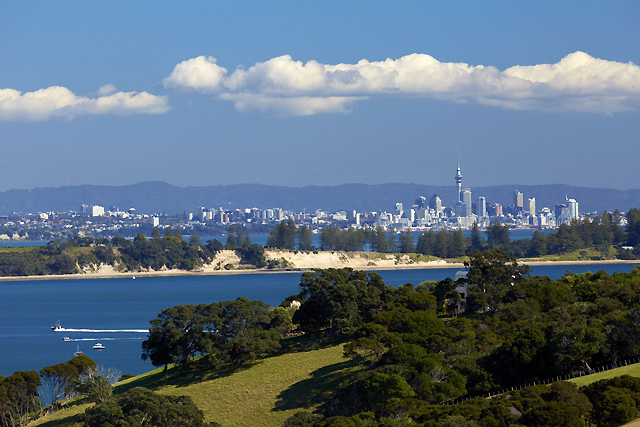
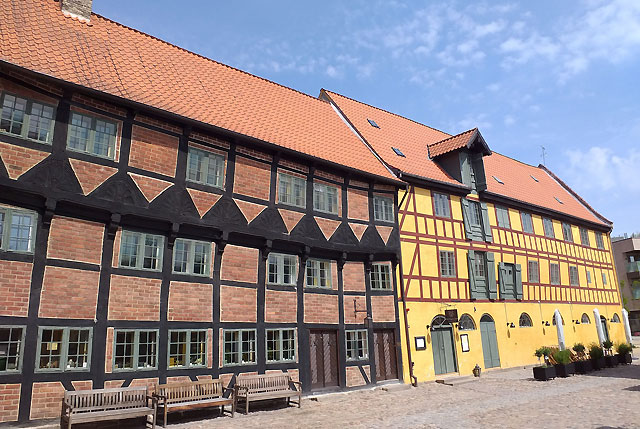
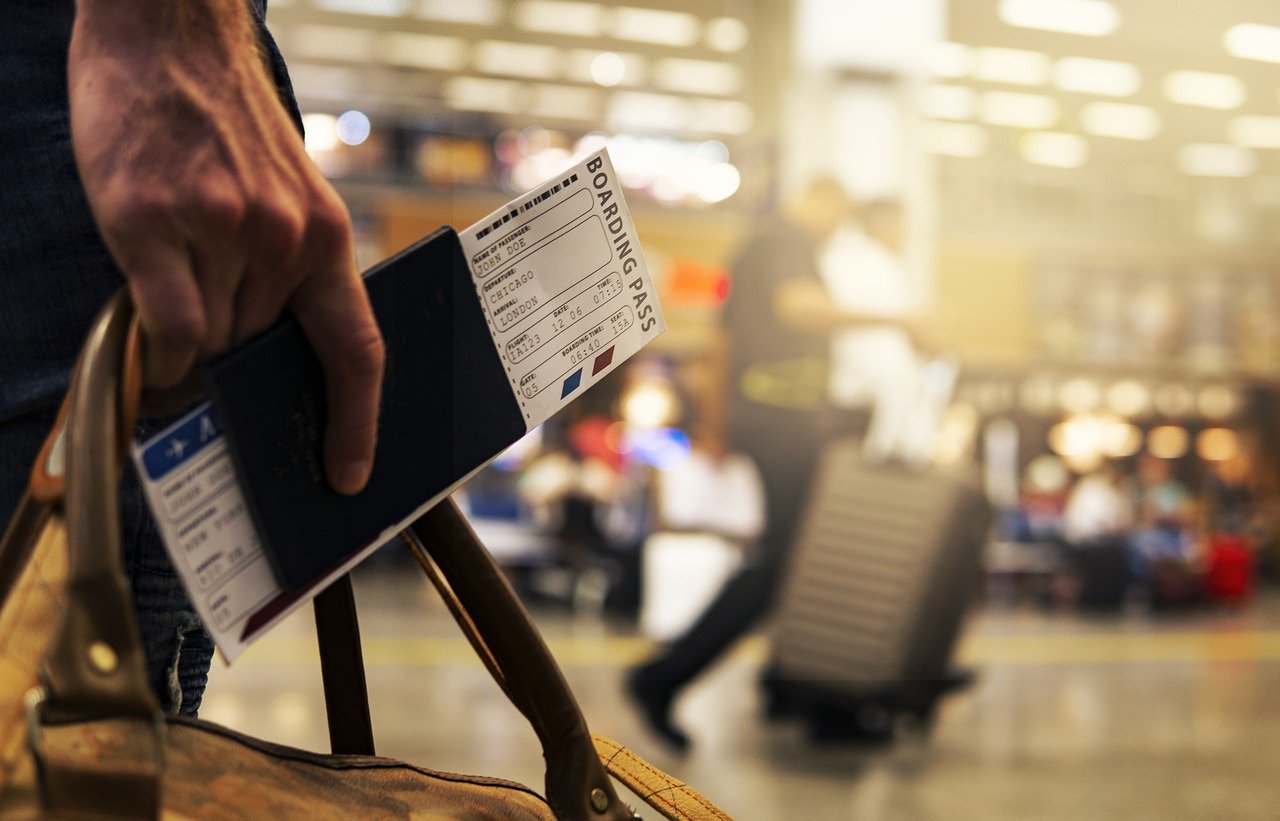


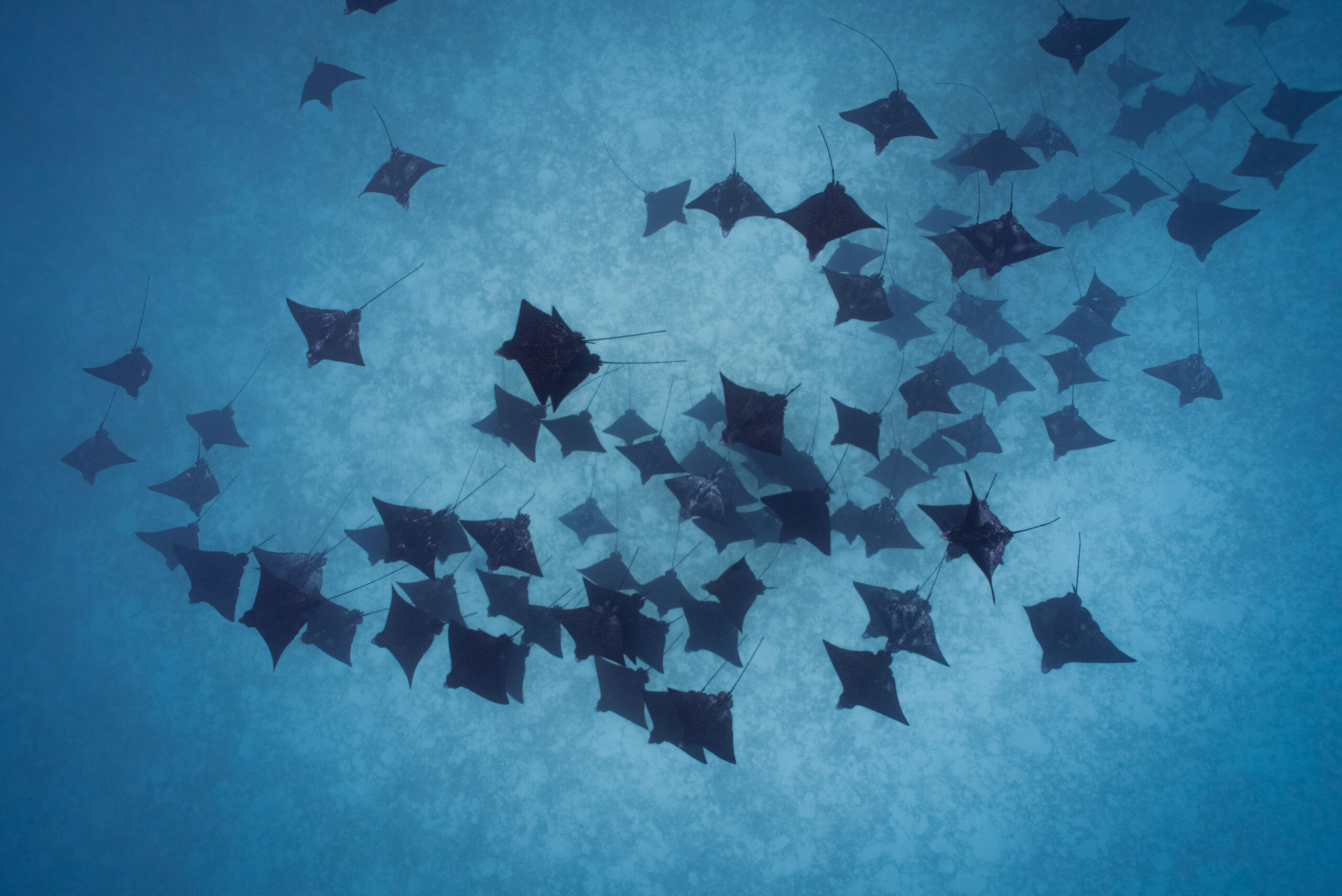

Recent Comments